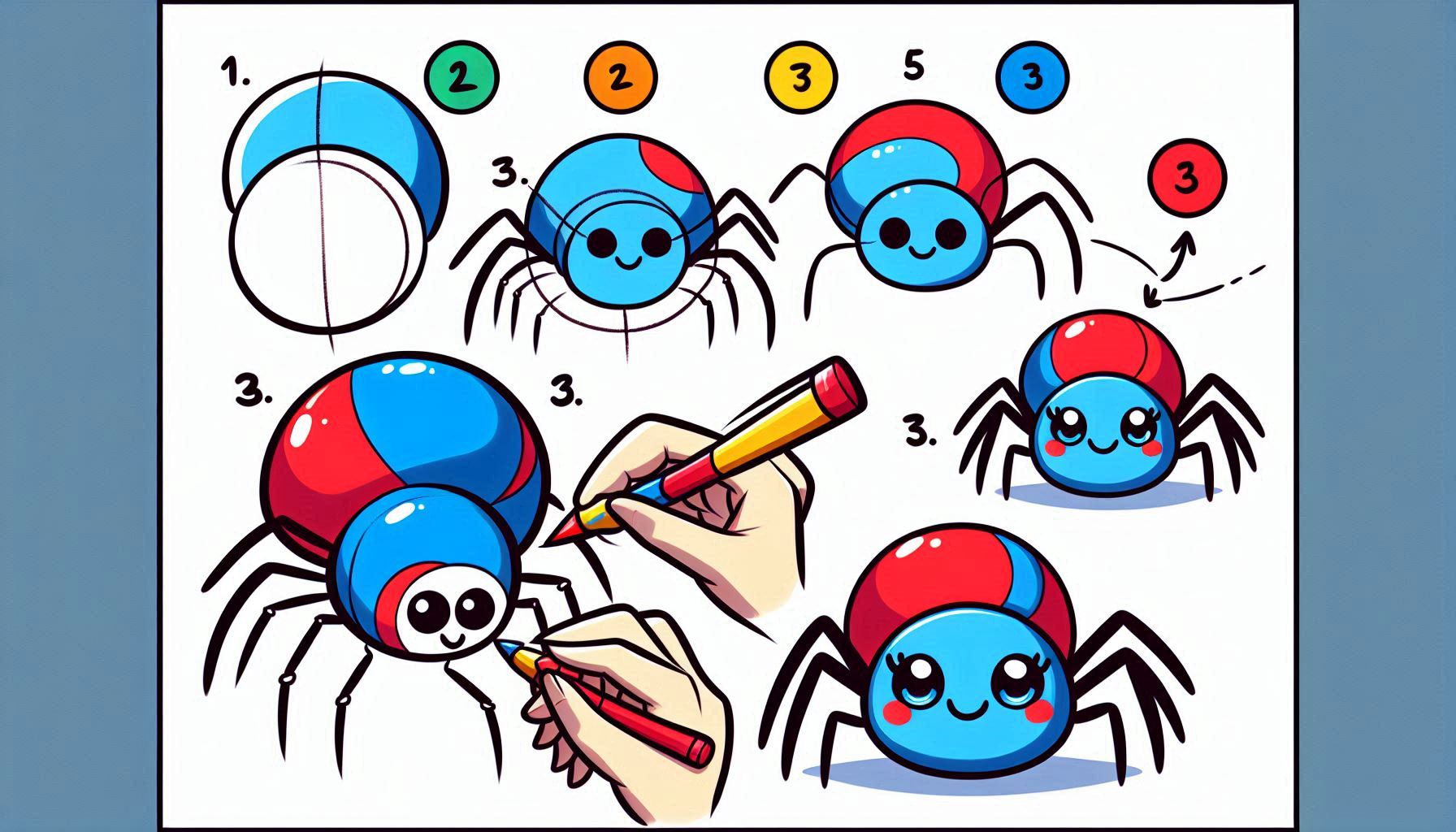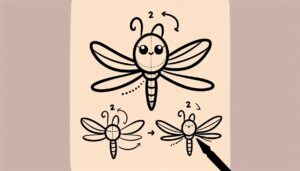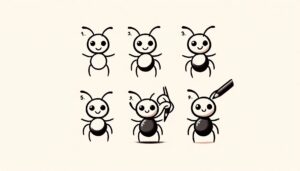Creating a spider illustration can be an enjoyable activity that allows you to delve into the intriguing and distinctive characteristics of these creatures with eight legs. Spiders have always been a fascinating subject for artists, captivating them with their long legs, segmented bodies, and intricate webs. In this guide, we’ll explore the process of drawing a realistic spider, paying close attention to the intricate details that give them their distinctiveness. Prepare yourself for an exciting journey into the fascinating world of arachnids as we guide you through the process of drawing a spider, step-by-step!
The Complexity of Spider Anatomy
Spiders possess intriguing anatomy, featuring various segments, eight legs, and occasionally multiple eyes. Exploring the anatomy of a spider through drawing can be a fascinating way to enhance your artistic skills and capture the intricate details. The more you examine the anatomy, the more lifelike your drawing will appear.
The Joy of Illustrating Spooky Creatures
Spiders have become a favorite topic in art due to their captivating shapes and unique textures. Spiders provide a variety of textures and shapes to explore, from the hairy bodies of tarantulas to the shiny, smooth abdomens of black widows. Creating artwork of young individuals is an excellent way to enhance your powers of observation and tap into your creative side!
Discovering Various Spider Species Through Art
With a staggering number of spider species found all around the world, each boasting its own distinct appearance and habitat, exploring the art of drawing spiders can be an enjoyable method to gain knowledge about various species. Whether you’re fascinated by jumping spiders and their mesmerizing eyes or orb-weavers and their intricate webs, the world of spiders is full of endless discoveries.
Steps: How to Create a Spider Drawing
First, start by drawing the body.
Begin by sketching a petite oval shape for the spider’s head (cephalothorax) towards the upper center of your paper. Draw a larger oval or circle below the head for the spider’s abdomen, ensuring it slightly overlaps with the head shape. This will form the central structure of the spider.

Next, it’s time to attach the legs.
Spiders have eight legs, so make sure to draw four legs on each side of the body. The legs are composed of multiple segments, which can be depicted using a sequence of lines or curves that flex at various angles to indicate the joints. Begin each leg from the sides of the cephalothorax, extending them outward and slightly upward before curving them downward and then back towards the body. It’s important to vary the length and angle of each segment to achieve a more natural and realistic appearance for the legs.
Step 3: Draw the Pedipalps
Spiders have two smaller appendages called pedipalps near the front of their body, which they use for sensing and manipulating objects, in addition to their legs. Sketch two small, curved lines emerging from the front of the cephalothorax, resembling tiny arms near the head. These should be smaller and more slender than the spider’s legs.
Step 4: Now it’s time to add the eyes!
Spiders usually have several eyes that are organized in various patterns, which vary depending on the species. To create a basic spider drawing, include a couple of small circles towards the front of the cephalothorax to depict the eyes. Feel free to try out various eye arrangements to give your spider a one-of-a-kind appearance.
Step 5: Create an outline and perfect the shape
Enhance the outline of the spider by going over your sketch with a darker pencil or pen. Refine the contours of the body, legs, and pedipalps, and remove any extraneous guidelines. Make sure to highlight the different parts of the legs and the curves of the body to achieve a more lifelike result.
Step 6: Enhance the Visual Appeal
To enhance the realism of your spider drawing, incorporate texture and intricate details. As an example, small lines or dots can be added to the legs to depict the authentic texture of a spider’s exoskeleton. For the abdomen, consider adding delicate lines or shading to give the illusion of hair or markings. It’s important to carefully observe how light and shadow interact with the body in order to create a sense of depth and dimension.
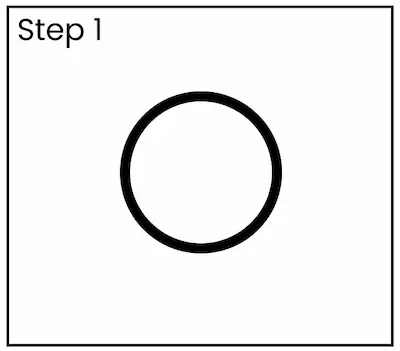
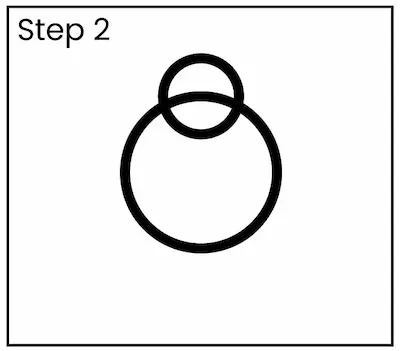
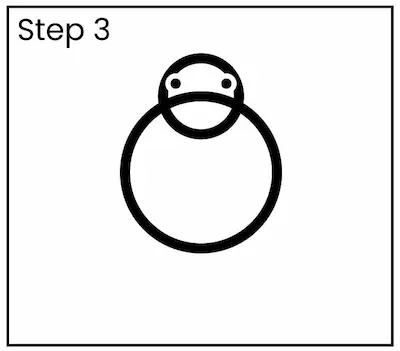
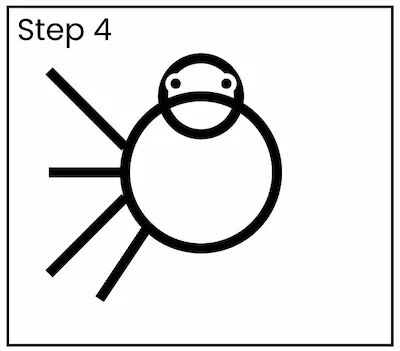
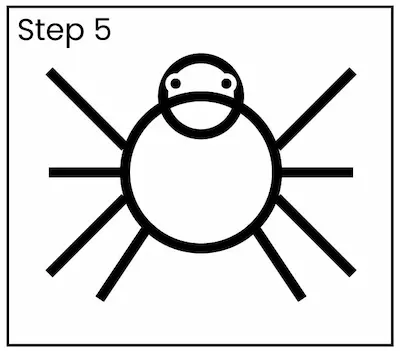
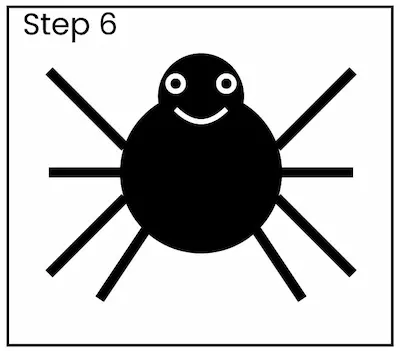
Step 7: Adding the Finishing Touches
To perfect your drawing, focus on fine-tuning the shading and textures to bring out a more realistic look. Enhance the shading in areas where natural shadows would typically appear, like beneath the legs and around the eyes. You can also incorporate a basic web design in the background to provide context to your spider drawing, adding to its natural habitat and making the image more vibrant.
Topic 1: Exploring the Complexity of Spider Anatomy
Exploring the anatomy of a spider through drawing allows you to appreciate the intricate details of its segmented body and its eight long legs. By paying attention to these details, you can enhance your observational skills and capture intricate elements in your artwork, resulting in a spider drawing that is more lifelike and visually engaging.
Theme 2: The Joy of Drawing Spooky Creatures
Spiders are captivating creatures with distinct shapes and textures that make them a favorite among artists. Whether you’re sketching a hairy tarantula or a sleek black widow, spiders provide a variety of textures and shapes to explore, making drawing them an enjoyable and imaginative task.
Theme 3: Discovering the Fascinating World of Spiders Through Art
With such a wide variety of spider species available, drawing spiders can be an enjoyable method of exploring the fascinating world of arachnids. Discovering the distinct characteristics and environments of various spider species can enhance the complexity and diversity of your artwork, while also expanding your knowledge of these captivating creatures.
In summary
Creating a spider illustration can be an enjoyable and fulfilling endeavor that lets you delve into the distinct anatomy and textures of these captivating creatures. By paying close attention to the fine details, exploring various textures and shapes, and gaining knowledge about different types of spiders, you can bring your spider drawing to life on the page, making it realistic and captivating. So get your pencils ready and let’s embark on this thrilling artistic journey!

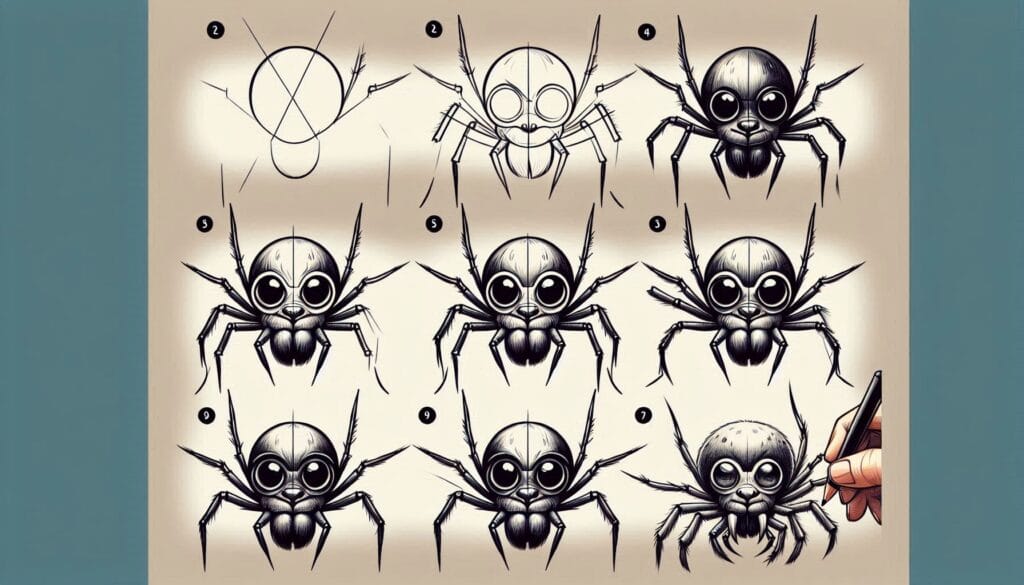
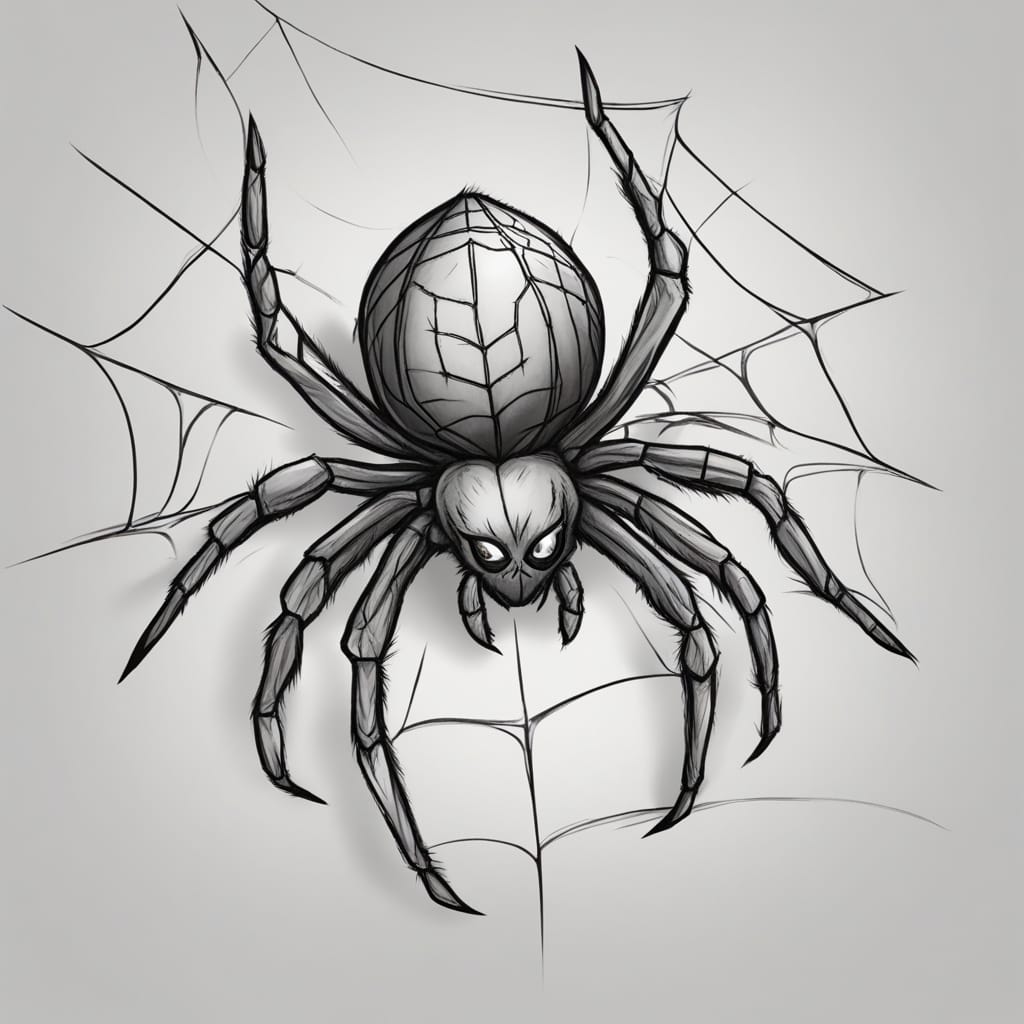
For a super fun and simple guide on how to draw a ladybird, take a look at the step-by-step instructions here! This fun tutorial makes the process easy and enjoyable for young creators to dive into their imagination while discovering these delightful insects!

